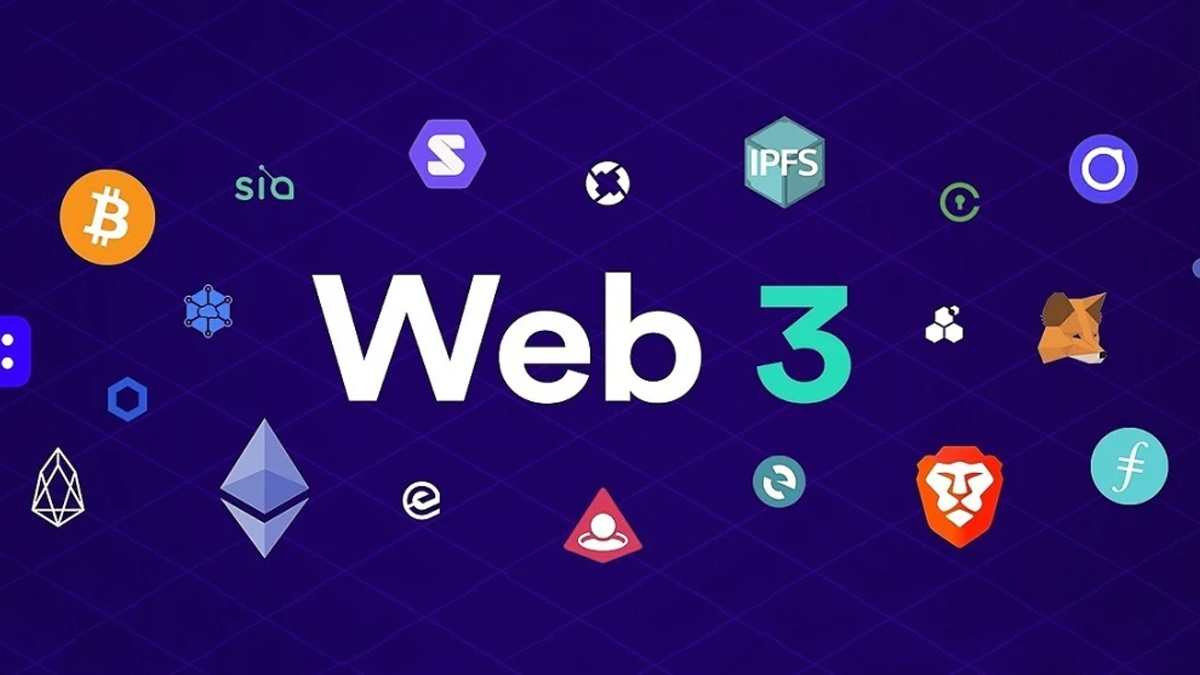Web3 technology has revolutionized the way we interact with the internet, bringing a new era of decentralization and empowerment. In this article, we will delve into the concept of Web3 and explore its potential implications for the future of the online world. Additionally, we will touch upon the emergence of NFT marketplaces within the Web3 ecosystem and their impact on the digital economy.
Understanding Web3: A Paradigm Shift
Web3, short for Web 3.0, represents the next generation of the internet, where decentralized protocols and blockchain technology take center stage. Unlike its predecessor, Web2, which relied on centralized entities and intermediaries, Web3 aims to empower individuals and foster a more transparent and equitable digital environment.
The Pillars of Web3 Technology
Web3 technology is built upon several key pillars, including decentralization, blockchain, and smart contracts. Decentralization ensures that power is distributed among users rather than concentrated in the hands of a few entities. Blockchain technology, the underlying foundation of Web3, ensures transparency, security, and immutability of data. Smart contracts, on the other hand, enable self-executing agreements with predefined conditions, eliminating the need for intermediaries.
Exploring NFT Marketplaces in Web3
NFTs, or non-fungible tokens, have gained immense popularity within the Web3 ecosystem. NFTs represent unique digital assets, such as artwork, collectibles, and virtual real estate, that can be bought, sold, and traded on NFT marketplaces. These marketplaces leverage blockchain technology to verify ownership, provenance, and authenticity of NFTs, providing artists and creators with new avenues to monetize their work.
Benefits and Challenges of NFT Marketplaces
NFT marketplaces offer numerous benefits to artists and collectors. Artists can gain direct exposure, receive fair compensation, and maintain control over their intellectual property rights. Collectors, on the other hand, can own unique digital assets and participate in the burgeoning digital art scene. However, challenges such as high transaction fees, environmental concerns related to blockchain energy consumption, and the risk of scams and copyright infringement need to be addressed for wider adoption and sustainability.
Web3 and the Future of Digital Economy
Web3 technology and NFT marketplaces have the potential to reshape the digital economy. The shift towards decentralized systems can disrupt traditional intermediaries, empower creators, and foster new business models. The transparency and verifiability offered by blockchain technology can enhance trust and accountability in various industries beyond art, including gaming, music, real estate, and more.
Conclusion
Web3 technology represents a transformative shift in the digital landscape, emphasizing decentralization, transparency, and user empowerment. NFT marketplaces, a notable application of Web3, have revolutionized the way we perceive and trade digital assets. As the Web3 ecosystem continues to evolve, it holds the promise of fostering a more inclusive and equitable digital economy, opening up vast opportunities for artists, creators, and individuals worldwide. Embracing Web3 and understanding its potential will undoubtedly shape the future of the internet and our interactions within it.





Comments